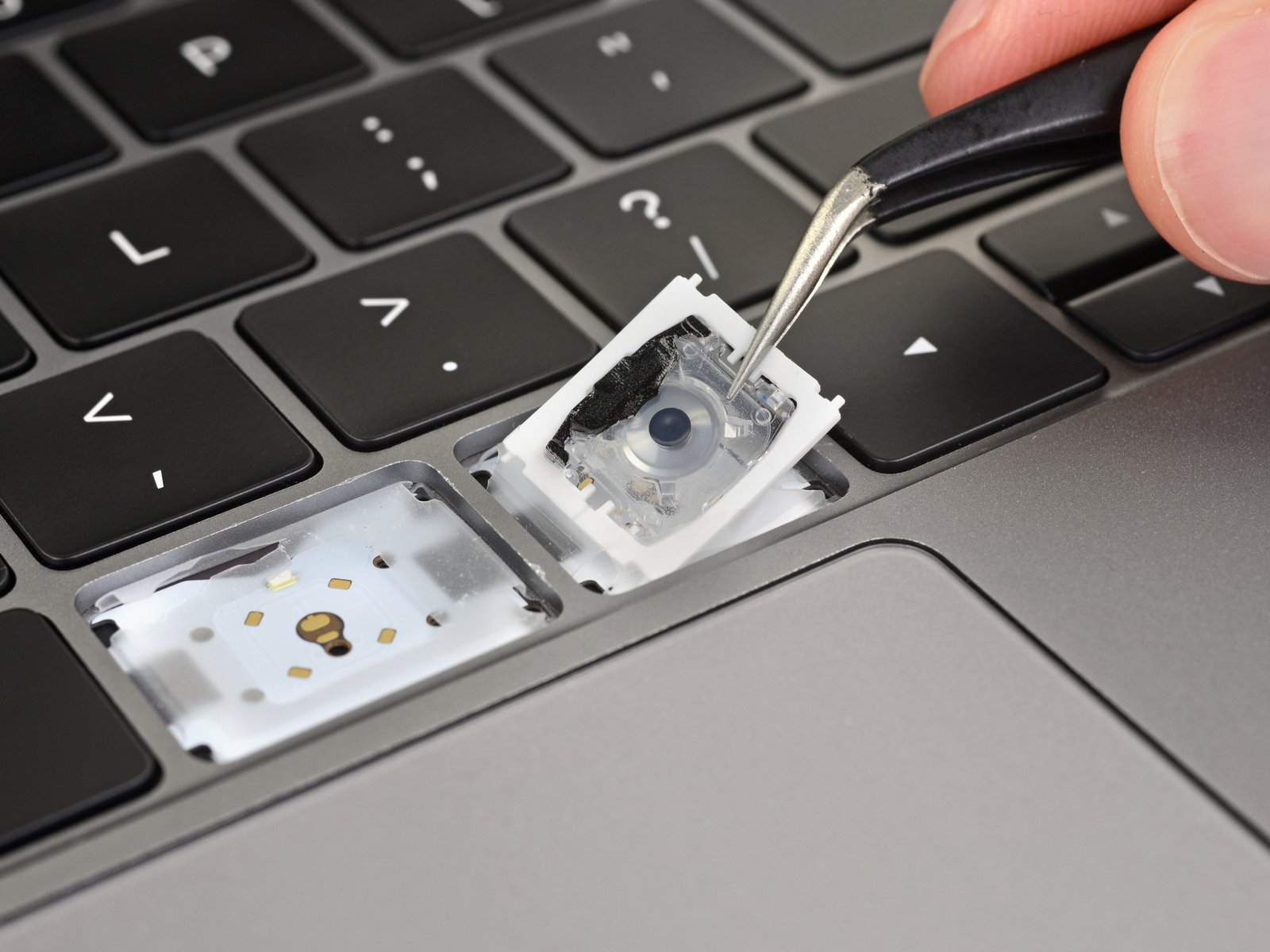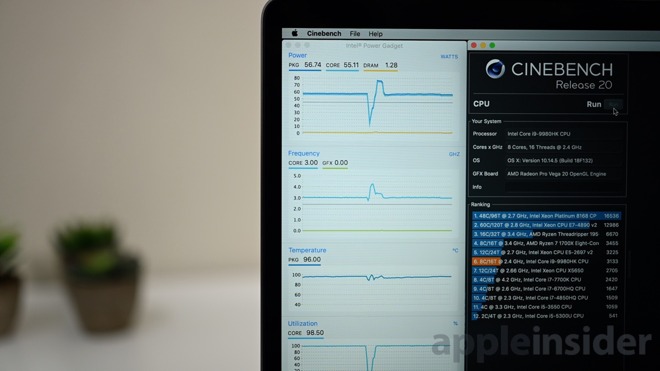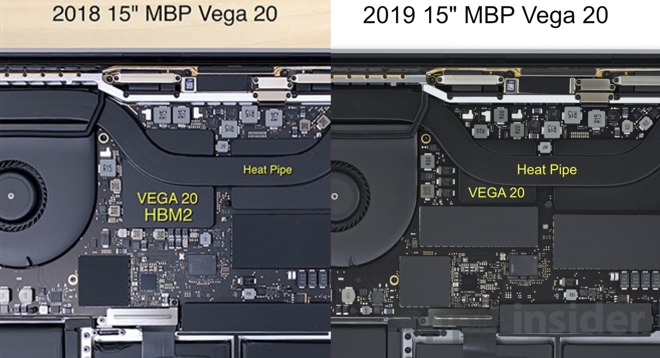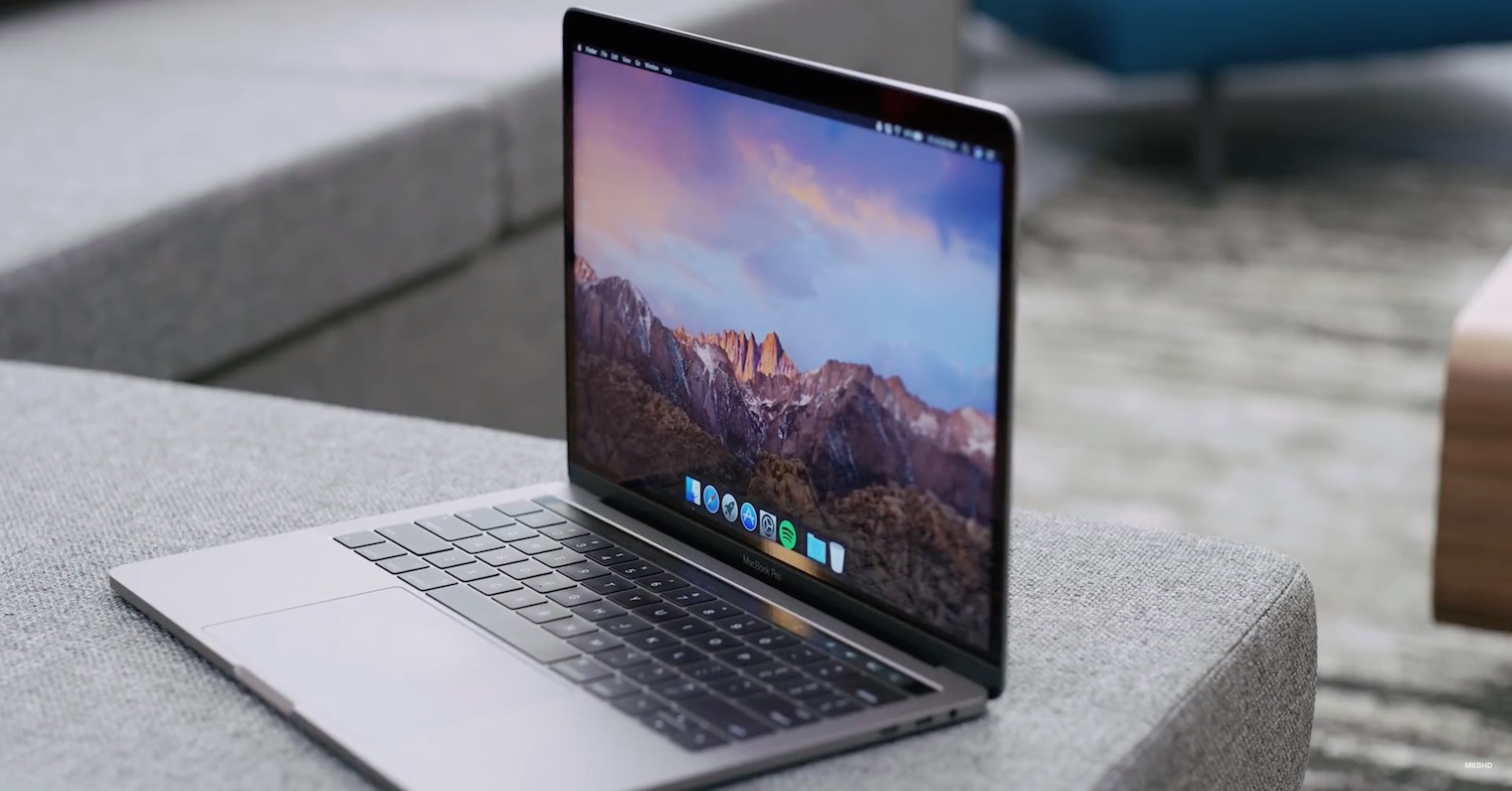The new 15″ MacBook Pro with an 8-core processor finally got into the hands of inquisitive reviewers, and in addition to measuring raw performance, we can also find out how the MacBook performs in terms of operation. Especially in the area of cooling, there was a big unknown in the air, because MacBook Pros had a problem cooling even the less powerful (and heating) 6-core chip from Intel, which Apple had to solve last year by modifying the software.
It could be interest you

The six-core Core i9 in last year's models initially suffered from the weak cooling of the MacBook Pro, due to which the processor could not work at the indicated frequencies. Almost immediately after the start of the load, it had to be underclocked, and in the final its performance was at a similar level as the 4-core variants. Apple eventually solved the problem by modifying the software and tuning, but the result is still debatable. Incorporating an even more powerful chip thus aroused legitimate skepticism.
Server editors Appleinsider they used the popular Cinebench R20 benchmark for the test. However, instead of one run of the benchmark, they ran the test continuously one after the other in order to simulate a long-term load on the processor.
Shortly after starting the first test, the processor frequencies soared to the advertised values of the Turbo Boost level, i.e. 5 GHz. Practically immediately afterwards, however, the temperature sensors of the processor recorded reaching 100 degrees, which is the (relatively very high) limit when the chip will be underclocked for the purpose of reducing the operating temperature - so-called thermal throttling. However, instead of dropping the frequency to the base clock of 2,4 GHz, the MacBook managed to keep the operating frequencies of the chip between 2,9 and 3 GHz, which is a very decent result.

During long-term testing, the frequency stabilized around the above-mentioned 3 GHz, during which the temperature of the chip was at the level of 94 degrees, which is still on the border of long-term safe operating conditions (extremely high temperatures gradually destroy chips, especially when it comes to long-term load).
The critical situation of cooling the most powerful processors in MacBook Pro has several reasons. Apple is not too much to blame for the first one, because the design of the chassis of this generation took place sometime during 2015, when Intel announced the arrival of new generations of chips that will be very powerful and at the same time more economical than the previous generation. However, this did not happen and Intel turned the TDP value into a breaking calendar, which in the end was taken away by laptop manufacturers, who had the cooling already oversized and fixed.
However, Apple is also to blame for the subtle cooling system it devised for its MacBooks. The laws of physics cannot be circumvented, even though Apple managed to cool the top processors relatively well in the current generation of MacBook Pros.

At the same time, no one really knows how Apple managed it. In terms of hardware, there have been no changes in cooling or the shape of the chassis. The cooling system is still the same, as are the fan and radiator. So how is it possible that a processor with the same TDP table level as last year's 6-core models had, is now able to cool the MacBook Pro better than it was last year with less powerful chips?
Whatever it is, the new 8-core MacBook Pros are usable, unlike last year's predecessors, and users don't have to worry about paying extra for the top-of-the-line configuration. Impact tasks requiring short-term performance are perfect for this MacBook, but unlike last year's model, it can also handle longer-term tasks.
